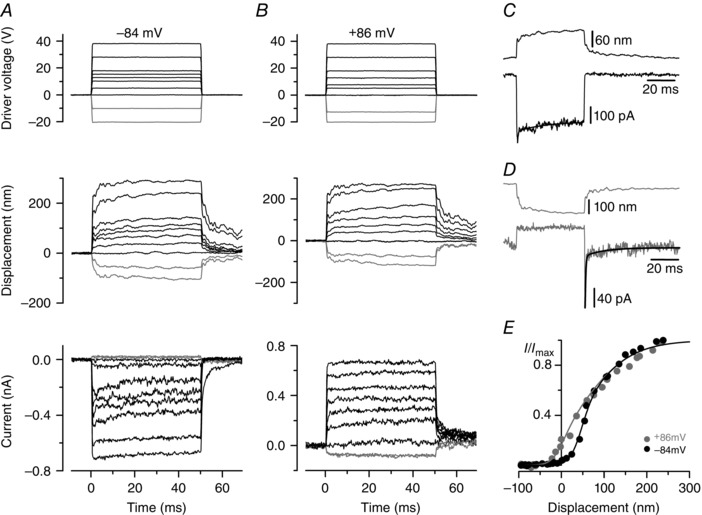Figure 1. Mechano‐electrical transduction by a +/sv OHC .

A and B, driver voltages to the fluid jet (top panels), bundle displacement at the tip of the hair bundle (middle panels) and MET currents (bottom panels) from a +/sv P6 OHC. At −84 mV (A), positive driver voltages and displacements elicited inward MET currents that adapted for intermediate bundle displacements. Inhibitory bundle displacement (grey traces) turned off a small inward resting MET current (present before t = 0). At +86 mV (B), excitatory bundle displacements elicited outward currents with no adaptation and a larger fraction activated at rest. Unless otherwise specified, in this and the following figures the MET currents were recorded in 1.3 mm extracellular Ca2+ and resting currents without bundle stimulation are set to zero. C, bundle displacement and MET current in response to a 15 V driver voltage at −84 mV. Onset adaptation was fitted with a fast (0.42 ms) and slow (20.3 ms) time constant. D, bundle displacement and MET current in response to a large negative driver voltage (−42.5 V) at −84 mV. Upon termination of the inhibitory stimulus the MET current showed rebound adaptation. Fitted time constants were 0.48 and 14.0 ms. E, normalized peak MET current as a function of displacement. Zero current is set as the holding current when the force stimulus closes the MET channels. Data were fitted with eqn (1). At −84 mV I max = −705 pA, a 1 = 0.063 nm−1, a 2 = 0.018 nm−1, and x 1 and x 2 = 50 nm; at +86 mV I max = +729 pA and the other parameters were as at −84 mV, except for x 1 = 1 nm, indicating a shift of 49 nm in the transition between the closed states.
